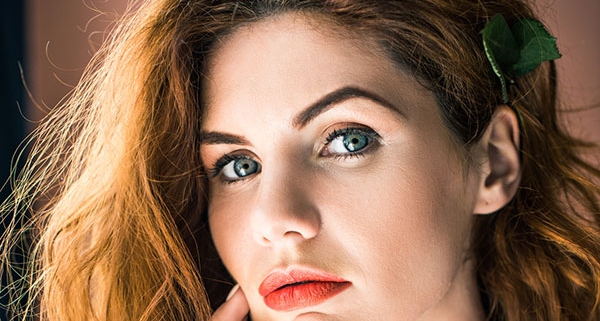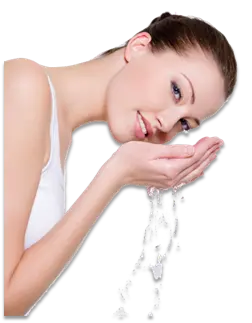What is Botox Treatment?
Botox is another type of botulinum toxin injection used to treat certain muscular conditions and cosmetically reduce wrinkles by temporarily paralyzing facial muscles. In very small doses, it blocks nerve signals to muscles, preventing contraction and resulting in the temporary smoothing of wrinkles and lines. Botox should only be administered by qualified medical professionals due to potential risks and side effects.
Who is Eligible for Botox Treatment?
Botox is suitable for healthy adults with realistic expectations, aiming to reduce facial wrinkles such as frown lines, crow’s feet, and forehead lines.
Who is Ineligible for Botox Treatment?
Individuals who may not be suitable for Botox treatment include:
- Pregnant or breastfeeding women.
- People with neuromuscular disorders such as ALS, myasthenia gravis, or Lambert-Eaton syndrome.
- Those with infections at the injection site.
- Individuals with known allergies to Botox ingredients or a history of allergic reactions to botulinum toxin products.
- People on certain medications, especially those interfering with neuromuscular transmission.
- Those with unrealistic expectations about the results.
How is Botox Administered?
Botox is administered through injections, involving:
- Consultation: An assessment of concerns, goals, and suitability by a qualified healthcare provider.
- Preparation: Cleaning the treatment area and possibly applying a topical numbing cream.
- Injection: Using a fine needle, small amounts of Botox are injected into targeted muscles. The number of injections and amount used depend on the treatment area and desired outcome.
Post-Treatment Care
After injections, mild swelling, redness, or bruising may occur but typically subsides quickly. Avoiding strenuous exercise, alcohol, and certain medications for a short period after the procedure is recommended to minimize complications.
Expected Results from Botox Treatment
Botox offers various results, including:
- Reduced Wrinkles: Smoothing of facial wrinkles and fine lines.
- Prevention of New Wrinkles: Delaying the formation of new wrinkles by inhibiting muscle movement.
- Improved Facial Symmetry: Adjusting facial symmetry by relaxing specific muscles.
- Non-Surgical Solution: Providing quick results with minimal downtime compared to surgical options.
- Temporary Effects: Lasting three to six months, requiring follow-up treatments for maintenance.
- Natural-Looking Results: Preserving facial expressions while reducing wrinkles.
- Personalized Treatment: Tailored to individual goals and expectations, with results appearing within 1-2 weeks and lasting about 3-4 months.
Potential Side Effects of Botox
Common side effects of Botox include:
- Pain and Bruising: Mild and typically resolves within a few days.
- Swelling: Usually subsides quickly.
- Headache: Common in the first few days post-treatment.
- Temporary Drooping: Nearby muscles may be temporarily affected, causing drooping or weakness.
- Flu-Like Symptoms: Fatigue, fever, or nausea, which are uncommon and resolve quickly.
- Dry Eyes or Excessive Tearing: Usually temporary.
- Allergic Reactions: Rare but can include itching, rash, or difficulty breathing.
- Spread of Toxin: Rarely, the toxin can spread beyond the injection site, causing unintended muscle weakness or other side effects.
- Eyelid Ptosis: Temporary drooping of the eyelid, which can last several weeks.
Always consult your skincare consultant or medical doctor if you develop any side effects or if existing side effects worsen or persist.






